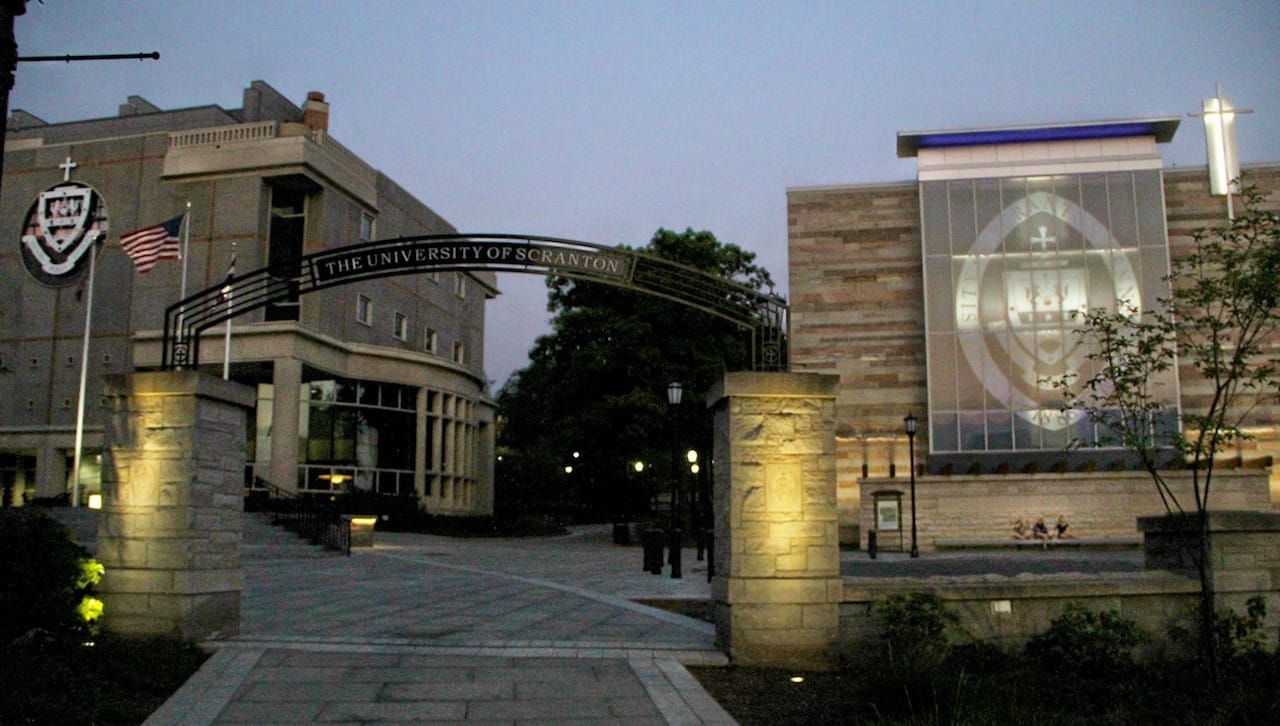Scranton Among Nation’s Best Values for College

The University of Scranton ranked among the nation’s best values for a college education based on educational quality, affordability and alumni success, according to a 2020 ranking by Money magazine published online Aug. 25. Money ranked Scranton at No. 274 among its selection of the 739 “Best Colleges for Your Money” in America, a ranking of “schools that successfully combine quality and affordability.” Money based its ranking on its analysis of more than 20,000 data points.
This is the sixth consecutive year Money has listed Scranton among America’s best values in college education. Scranton was the highest ranked school in Northeastern Pennsylvania and had the eighth highest rank of the 25 Jesuit colleges listed.
The factors Money analyzed to determine a colleges’ “academic quality” included the six-year graduation rate, the standardized test scores of incoming freshmen, the student-faculty ratio and the graduation rate of Pell Grant recipients, among other factors. The analysis also included “value” assessments that looked at a school’s predicted graduation rates based on the academic and economic profile of its student body versus its actual graduation rates.
The criteria used to assess “affordability” included an estimate of the “net price of a degree,” which assessed tuition, the time it takes for students to graduate, and the school’s average need- and merit-based financial aid offered to students. The “affordability” criteria also looked at student debt, student loan default rates, the affordability for low-income students and student loan default rates adjusted for the economic and academic profile of a school’s student body, in addition to other factors.
The factors Money used to assess “outcomes” included the average salaries of alumni reported in PayScale early- and mid-career, and their reported earnings at these points adjusted by major. In addition to other factors, the “outcomes” criteria looked at socio-economic mobility index that uses data from the Equality of Opportunity Project, a study that examines the percentage of students that move from low-income backgrounds to upper-middle-class jobs before the age of 34.
Colleges with graduation rates below the national median, that were in financial difficulty, or that had fewer than 500 undergraduates, were not included in Money’s ranking.
Scranton has been recognized for its value in other national rankings such as U.S. News Forbes, The Economist and Barron’s.






